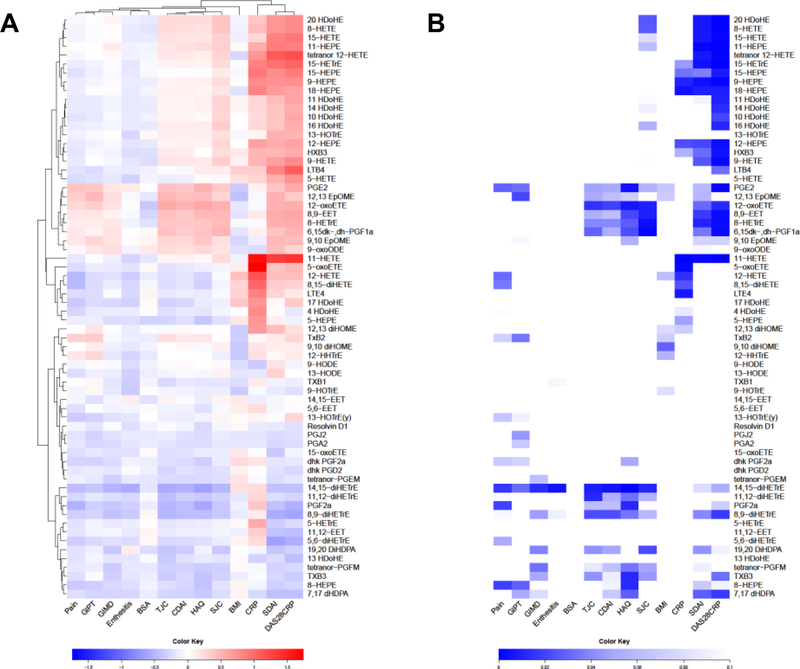Fig. 2. Clinical score correlations with eicosanoids.
A) Linear regression was performed between each clinical score – eicosanoid pair, controlling for BMI, NSAIDs and biological therapy. We also adjusted joint disease scores (TJC, SJC, DAS28, CDAI and SDAI) for BSA, and BSA score was also adjusted for CDAI. Other factors, including comorbidities, gender and age were not found to influence eicosanoid levels and were not included in the model. The regression coefficients for each pair were used to form a clustered heatmap, to lend insight into which clinical scores were correlated with which groups of eicosanoids. Row clusters have been identified by cophenetic cutting of the row dendrogram. B) Metabolite regression p-values are displayed in Figure 2B, where the row and column order are preserved from Figure 2A TJC: tender joint count; SJC: swollen joint count; CDAI: clinical Disease Activity Index; SDAI: simple Disease Activity Index; HAQ: Health Assessment Questionnaire; GIMD: physician global assessment; GIPT: patient global assessment; BMI: body mass index; BSA: body surface area; DAS28CRP: disease assessment score 28; NSAIDS: non-steroidal anti-inflammatory drugs

